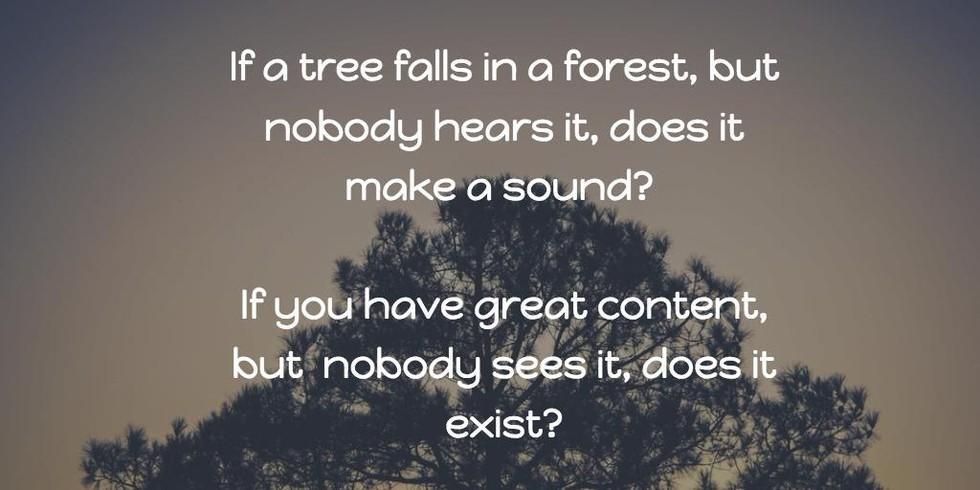This is the second part of a three-part series on the path to distributed publishing. ICYMI, here's a brief history of how we got here.
What Does It Mean for Websites?
Websites are not dead. But their purpose has changed, and their focus has shifted. Great websites are now social companions — built to help build loyalty and depth with the much smaller group of readers reached who've fallen in love with a publisher's voice.
Websites are a vital redistribution opportunity if used correctly. Rather than hoping for social to drive traffic to a website, a great website should hope that it can bounce Facebook's traffic back into other platforms and back into Facebook where it can play a key part of viral loops.
Most of the product choices made in the two decades of building publisher websites are now irrelevant. A great website today is simple and clean to its users, but tied tightly at every data layer to social.
What Does It Mean for Tech?
A CMS that builds websites alone is solving yesterday's problems.
Technology costs for publishers have the opportunity to be drastically reduced. As the platforms take on all the bandwidth of hosting video and images equally, new platforms are emerging like RebelMouse, Sprinklr, Percolate, and Adobe that help publishers adapt to the new era.

Some publishers kept their technology stack incredibly lean and simple. These publishers are at great risk right now because they never built the data layers that act as flashlights in the dark. Those flashlights are necessary especially when a landscape change happens at the speed of an earthquake.
Some publishers built huge technology stacks with their own data centers and large teams to essentially rebuild what everyone else is building. Usually, the technology built was all for the website-as-a-destination era with a large percent of the development done to enable ad tech, arguably one of the strongest reasons everyone is leaving the open web.

These publishers are at great risk because their costs are in the wrong place (websites) and are very significant. They need to switch airplanes in mid-air without landing. Many are setting themselves up and preparing to make the hard move fast, but few are taking it yet before it's too late.

